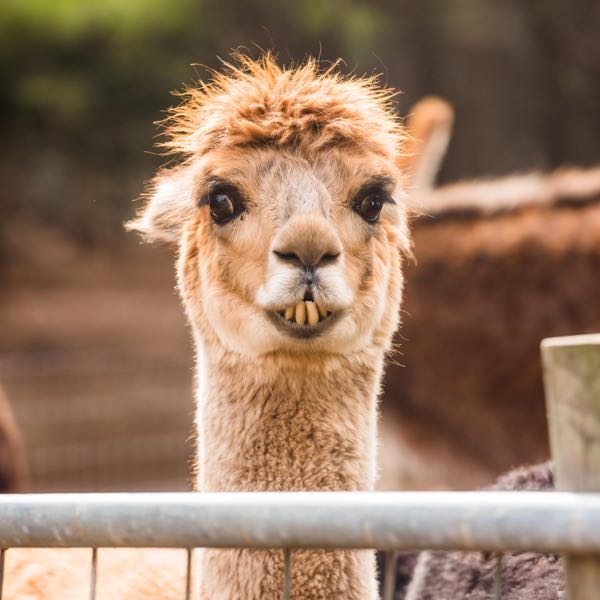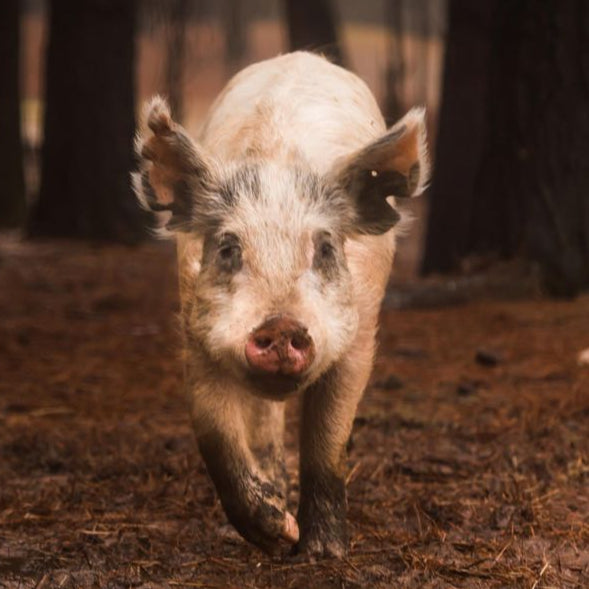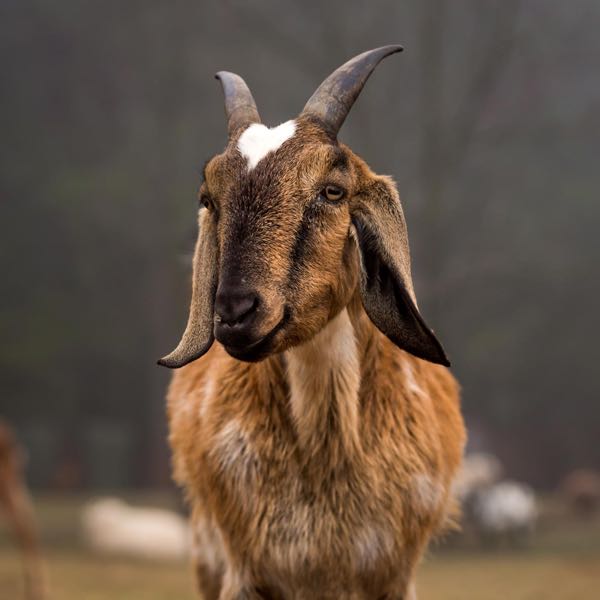Coop 8: Sweet Olive Farm Coop and More
WELCOME | COOP 1 | COOP 2 | COOP 3 | COOP 4 | COOP 5 | COOP 6 | COOP 7 | COOP 8 |
View Sweet Olive Farm's coop and free-ranging chickens.
(1) When did you start keeping chickens and why?
We first got chicken, Crowy, many years ago. He was soon joined by "Little Crowy," a bantam rooster. We soon found that chickens, and particularly roosters, were often abandoned or surrendered to animal control.
|
The Thousand Dollar Chickens are some of the few chickens that live in a coop on the farm. Plastic sheeting is used in the winter time, along with a heat lamp, to keep the coop warm. |
(2) How many chickens do you have and what breeds?
We now have over 50 roosters and probably close to 30 hens. And probably just about every common breed you can imagine and a some uncommon ones. We have lots of favorite chickens, but some of our favorite breeds are Bantam Cochins and Ameraucanas.
(3) Where did you get your coop?
Our coop was built by a volunteer, Will Eskridge. And right about the time he finished the coop a woman brought her chickens to the farm. She asked that the chickens be kept in a coop, as that is what they were used to, and gave a $1000 donation and now, years later, those chickens are known on the farm as the Thousand Dollar Chickens.
|
Chickens are very vulnerable to predation so the farm has Great Pyrenees dogs that help keep predators away. |
(4) Talk a little about your feeding and watering systems.
We use standard chicken feeders and waterers for the coop. Outside of the coop chickens drink from troughs and receive some feed in addition to their free-ranging. The animals are all feed fresh fruits and vegetables on a regular basis
One thing to keep in mind, you should always provide more water than you think is needed, especially in warmer weather.
(5) What considerations did you keep in mind with the coop/run design regarding predators?
The coop has hardware cloth sides and door and a secure latch on the door. We recommend an eye hook to latch the door on the inside to prevent unintended escapes.
|
Here a rooster and a pig rest in the shade of the barn. |
(6) What kind of features address extreme temperatures?
Because of the warm climate in Georgia our primary concern is keeping the coop cool in warm weather. Chickens are more susceptible to heat than cold. So our coop has sides made of hardware cloth, providing ventilation and security. In the winter, we cover the hardware cloth with plastic sheeting and set up an electric heat source to provide extra warmth
(7) Is there anything that surprised you about keeping chickens?
I was surprised by the fact that chickens lay eggs at any time of the day.
(8) Do you have any advice for people considering getting chickens?
If you decide to get chicks, be sure you have a plan for what you will do if you end up with a rooster. Determining the gender of chicks is difficult and accidental roosters are very common. Athens does not allow roosters in the city limits, so if someone ends up with a rooster it will need to be re-homed.









